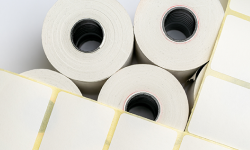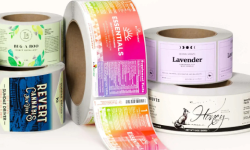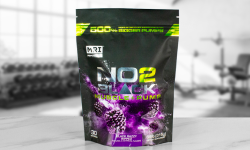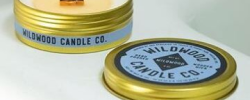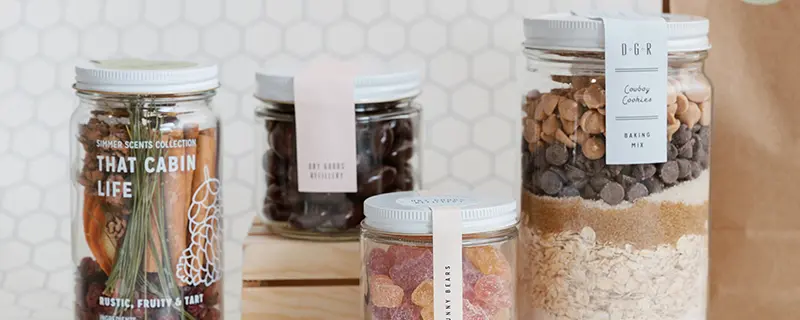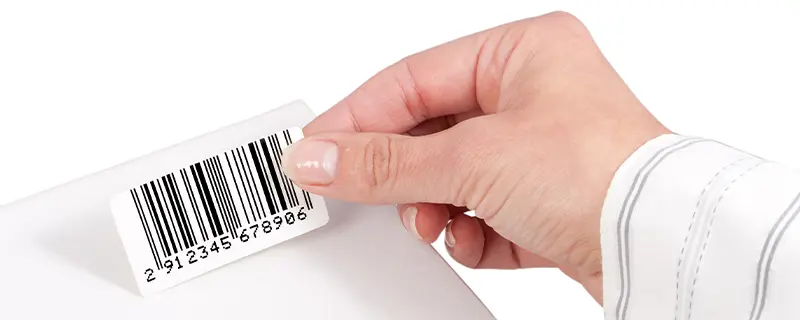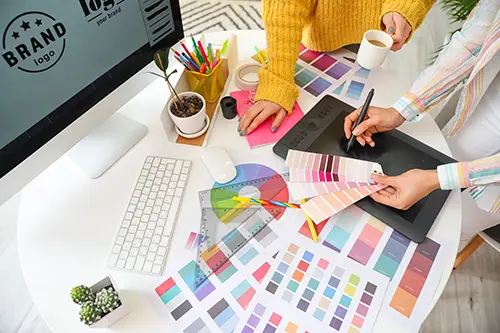There are unique labeling challenges to consider when designing custom product labels for products that will be used outdoors. When designing a product for household use, you are able to make certain calculated assumptions about the environment and manner in which the product will be used. When it comes to outdoor product labels, however, there are many potential variables that can wreak havoc on a sub-par product label. So let's explore a few important things to consider when designing labels for your outdoor products.
Consider the environments in which your product will be used when choosing a label material
Whether your product was designed to be used outdoors or just has a chance of being used outdoors, choosing a proper label material is crucial to the longevity and consistent presentation of the label. For example, consider a bottle of sunscreen. Over the life of the product, the label and packaging will in all probability be exposed to water, heat from the sun, bouncing around inside of a beach bag full of sand, the lotion itself, as well as the natural use of squeezing the bottle. This is why we recommend choosing a durable plastic, waterproof printable label over less durable paper labels for virtually all outdoor products. Indeed, we make it even simpler by using the same material for the vast majority of our indoor labels too - because then you don't have to concern yourself about how your customers will use the product - it will always look pristine.
If you’re thinking to yourself “I bet there’s a significant price difference between these labels and paper labels”, we can’t blame you. After all, the label printing industry is full of companies offering cheap paper labels (most often known as "60lb Semi Gloss paper") as their standard offering when quoting prices. However, the standard material that we use here at Wizard Labels is a specially created labeling material called BOPP (Biaxially Oriented PolyPropylene). Being a form of plastic, the outdoor product labels are effectively impervious to moisture or other corruption, and will more effectively adhere to your products as the temperature and other elements fluctuate. But isn't it more expensive? - well, not usually - we've done much data analysis over the years and concluded that the cost difference on a typical digital label order is negligible, and by offering fewer material options we can get better pricing from the manufacturers. So why offer an inferior product if cost is no longer a factor?
Make sure that you have your packaging before designing the label
During the process of designing your product and choosing the packaging, never assume that you can effectively label every package that’s available to you. There are virtually unlimited options when it comes to choosing a package for a product. The truth is that some packages and self-adhesive labels are not always a match made in heaven. There are many containers that are a complete nightmare when attempting to apply a product label.
Choosing packaging that allows the entire label to properly adhere to the application surface can mean the difference between the label still being on the product after a few uses or not. As we all know, once a label starts to peel, it's only a matter of time before it's off of the packaging (or worse, begins to deteriorate and look disgusting or unattractive). During your outdoor product label design process, we recommend having the product packaging in your possession so that you can test a few different label designs and shapes. Which brings us to our final point.
Draw or print a test label shape for your product packaging before placing your order
We can appreciate unique packaging as much as the next person, but printing your preliminary label design on a desktop laser printer (at its actual size) should reveal any obvious issues with following the shape of the container, as well as resolution quality and readability issues. Hand-cutting the printed test label to final size and applying it your product is an excellent way to check that your design works in real life and fits the product properly. If you notice a potential issue with the label shape's ability to adhere to the containers, you can make adjustments in real time. It's better to make the effort to check all these items BEFORE we print thousands of them and you find out they don't fit or look right.
In short, never assume that a label design will fit onto your product packaging or that every design element will print clearly. Take a few minutes and print out a test label before moving forward with a label order. The printed result may not be exactly the same as we will print on our million-dollar digital presses (in fact we sincerely hope not), but it should be a reasonably close approximation and hopefully avoid any costly mistakes.
Taking these points into consideration during your product design process can save you significant time and money. As always, you can contact us with any labeling questions you have. We have worked with many companies to produce quality labels for products that will be used in unusual environments, and would love to use our experience to help you develop the most effective product labels possible.
